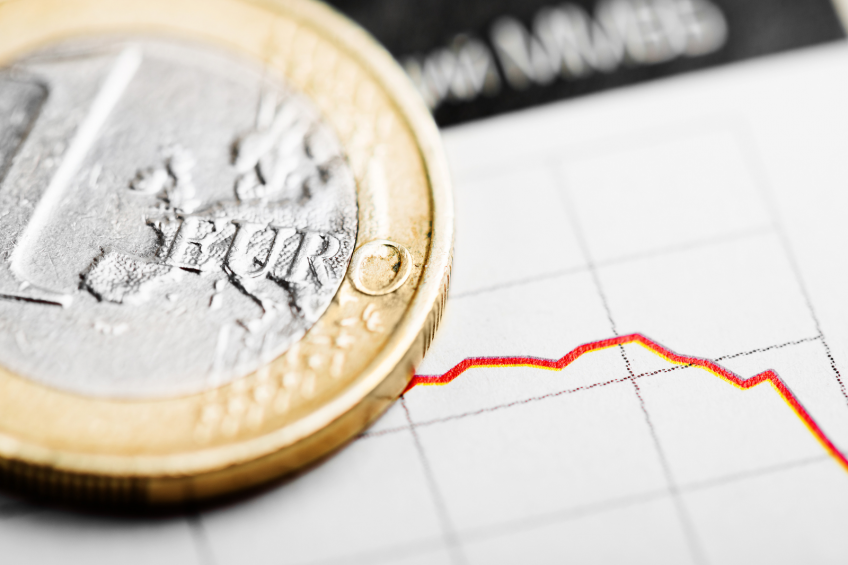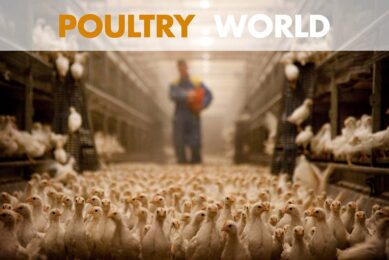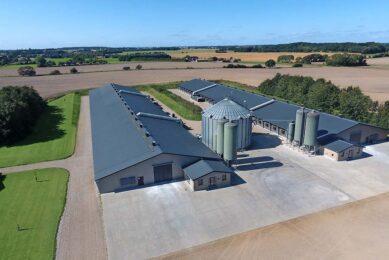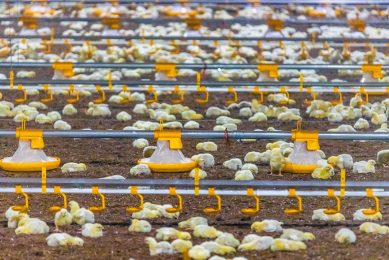Less ag income for EU farmers in 2015

According to first estimates, real agricultural income in the European Union (EU) has fallen by 6.0% in 2015 compared with 2014, while agricultural labour input has dropped by 1.8%.
This information comes from first estimates issued by Eurostat, the statistical office of the European Union. They are based on data supplied by the national authorities in the EU Member States.
As a result, real agricultural income per worker in the EU has decreased by 4.3% in 2015. Across the EU Member States, real agricultural income per worker in 2015 is expected to have risen in thirteen Member States and fallen in fifteen compared with previous year, albeit in different proportions.
Largest decrease in Germany
Compared with the previous year, the highest increases of the real agricultural income per worker are expected in Croatia (+21.5%), Latvia (+14.3%), Greece (+12.1%), France (+8.8%) and Italy (+8.7%), and the largest decreases in Germany (-37.6%), Poland (-23.8%), Luxembourg (-20.0%), Denmark (-19.7%), the United Kingdom (-19.3%) and Romania (-19.2%). Between 2010 and 2015, EU real agricultural income per worker is estimated to have decreased by 5.7%. Over this period, real agricultural income per worker has risen in ten Member States, notably in Italy, the Czech Republic, Bulgaria and Ireland, while falls were recorded in eighteen Member States, with the largest being registered in Finland, Germany, Romania, Poland, Malta and Luxembourg.
Value feedingstuffs and milk down
Compared with 2014, the value of EU agricultural output in 2015 is estimated to have decreased by 2.5% in nominal terms, mainly due to a marked fall in the value of animal production (-5.9%) and a slight decrease in the value of crop output (-0.3%), combined with a decrease for input costs (-2.4%). The fall in the value of animal production is mainly due to declines in the value of milk (-14.9%) and pigs (-8.9%), only partly compensated by increases for cattle (+4.3%), sheep and goats (+3.2%), eggs (+2.1%) and poultry (+1.1%). Concerning crop production, falls in the value of sugar beet (-26.0%), grain maize (-24.5%), forage plants (-7.6%), oilseeds and oleaginous fruits (-5.3%), barley (-1.8%) as well as wheat and spelt (-0.6%) were almost counterbalanced by rises for olive oil (+13.3%), fresh vegetables (+12.1%), fruits (+7.3%) and wine (+2.5%). The drop in the value of sugar beet and maize was associated with the summer drought in certain EU Member States. EU agricultural input costs (intermediate consumption) are estimated to have decreased by 2.4%, mainly due to significant reductions for energy & lubricants (-10.1%) and animal feedingstuffs (-3.7%). The fall in the price of feedingstuffs as an input is a reflection of the decrease in the producer price of several cereals.












